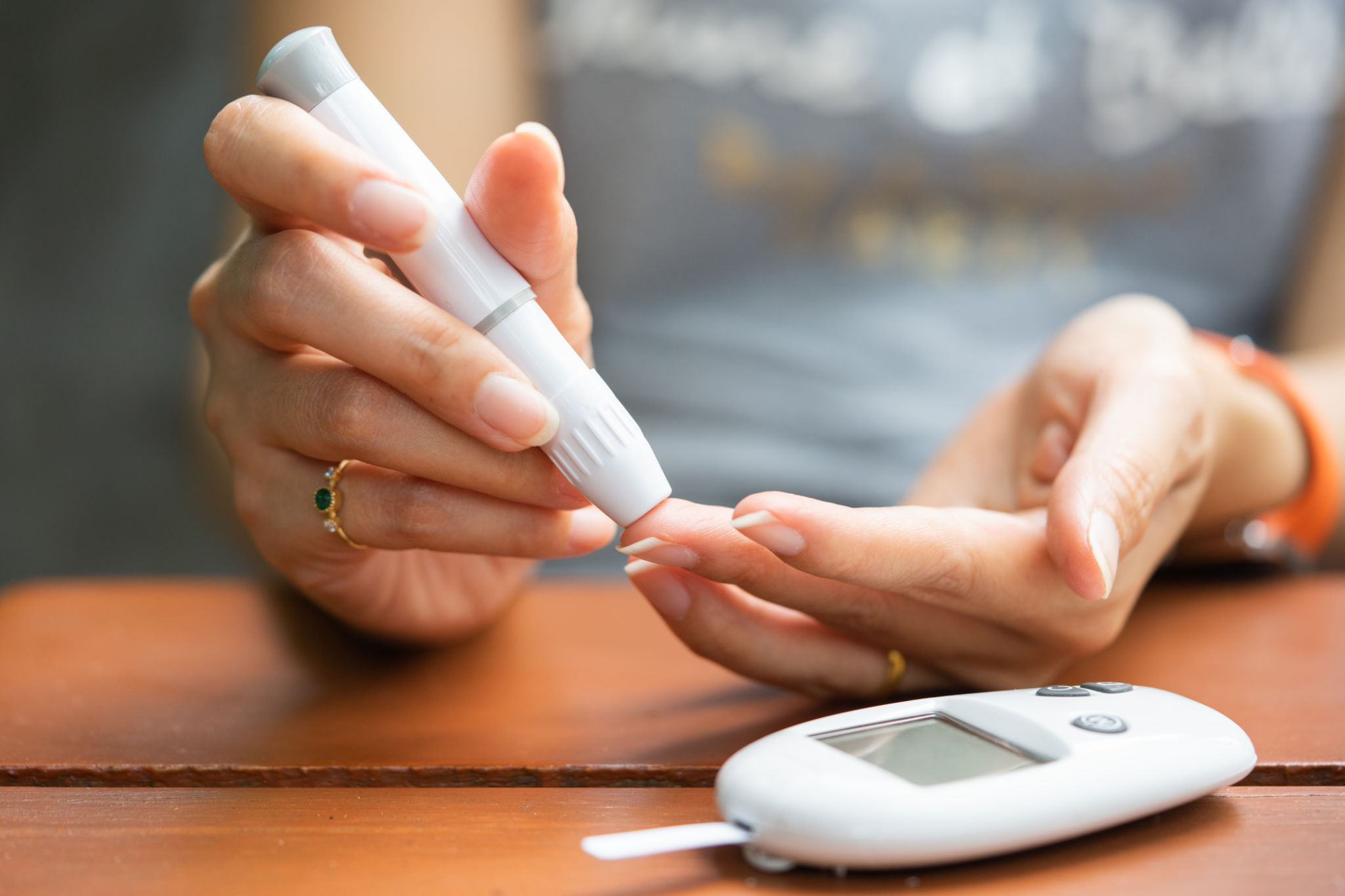Expert Insights: How to Start Exercising Safely with Diabetes
Understanding Diabetes and Exercise
For individuals living with diabetes, regular physical activity is a vital component of managing their health. Exercise can help control blood glucose levels, improve cardiovascular health, and boost overall well-being. However, starting an exercise routine with diabetes requires careful planning and considerations to ensure safety and effectiveness.
Before beginning any exercise program, it is crucial to understand how different types of physical activity can affect your blood sugar levels. Both aerobic and strength training exercises have significant benefits, and a combination of the two is often recommended. Consulting with healthcare professionals is an essential first step.

Consult Your Healthcare Team
Before starting any new exercise regimen, it is important to consult with your healthcare provider. They can offer personalized advice based on your current health status, medications, and overall diabetes management plan. This consultation will help determine the appropriate type and intensity of exercise that suits your individual needs.
Your healthcare team may include your primary care doctor, endocrinologist, diabetes educator, and a nutritionist. Together, they can provide a comprehensive plan that aligns with your health goals while minimizing risks.

Start Slow and Progress Gradually
When it comes to starting an exercise routine, especially if you have been inactive for some time, it's important to begin slowly and gradually increase the intensity and duration of your workouts. This approach helps in preventing injuries and allows your body to adapt to new physical demands.
A good starting point could be incorporating moderate activities such as walking or cycling for about 150 minutes per week, as recommended by health professionals. Listening to your body and adjusting your routine as needed is key to maintaining long-term success.
Monitor Blood Sugar Levels
Monitoring your blood sugar levels before, during, and after exercise is critical for people with diabetes. Exercise can impact blood glucose levels in various ways, sometimes causing them to rise or fall unpredictably. Keeping track of these changes will help in making necessary adjustments to your diet or insulin dosage.
Consider carrying quick-acting carbohydrates, such as glucose tablets or juice, in case of hypoglycemia (low blood sugar). Being prepared ensures you can safely manage your condition during physical activity.

Choose the Right Exercise
Selecting the right type of exercise is crucial for both enjoyment and safety. Low-impact exercises such as swimming, yoga, or tai chi can be excellent options. These activities are gentle on the joints and help improve flexibility and balance.
Strength training is also beneficial as it helps build muscle mass and improve insulin sensitivity. Incorporating resistance bands or light weights can enhance your routine without causing undue stress on your body.
Stay Hydrated and Nourished
Proper hydration and nutrition play a significant role in exercising safely with diabetes. Staying hydrated helps regulate body temperature and maintain energy levels during workouts. Drinking water before, during, and after exercise is essential.
Nutritional needs may vary depending on the duration and intensity of the exercise. Consuming a balanced meal or snack that includes carbohydrates and protein can provide the necessary fuel for your workout while keeping blood sugar levels stable.
